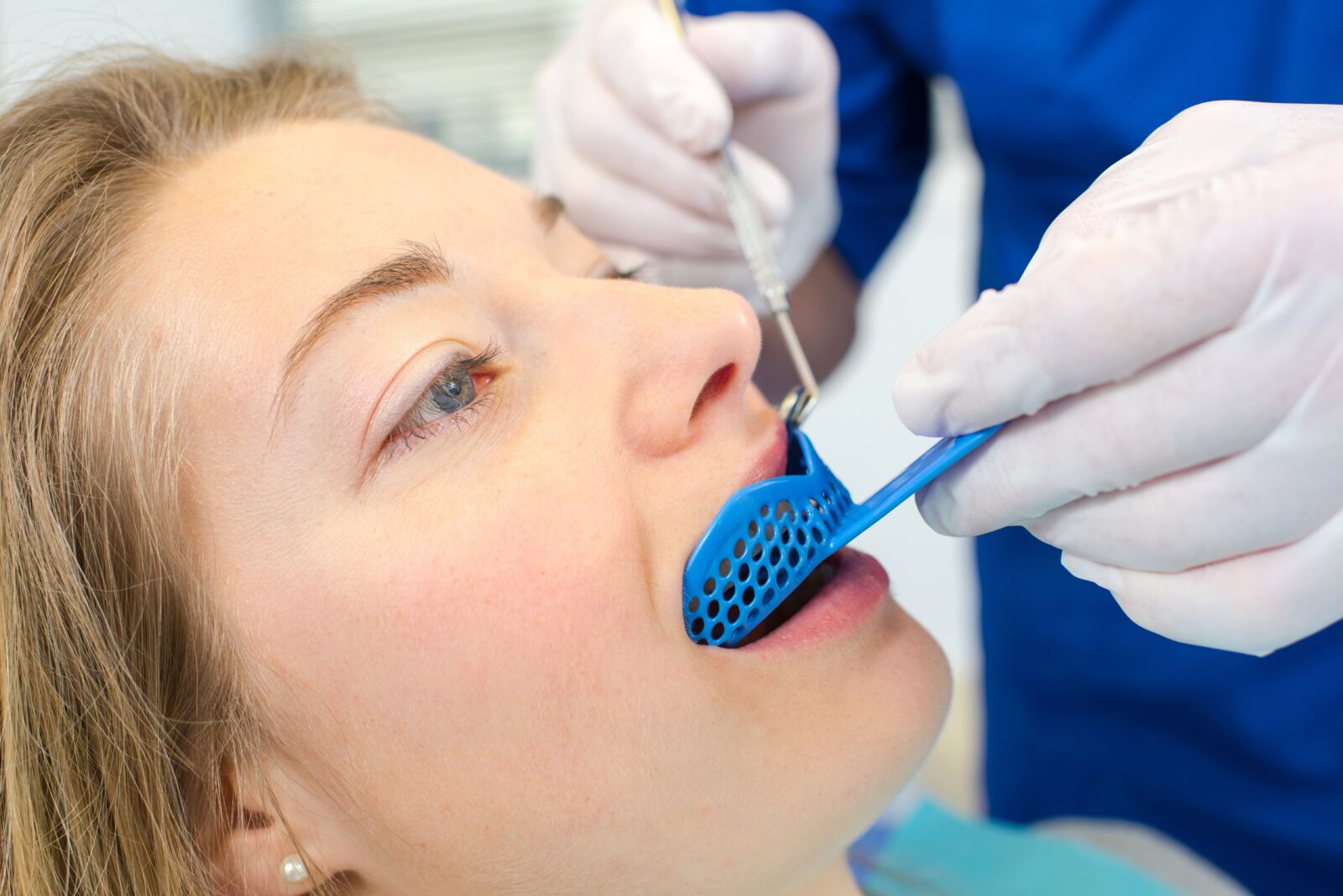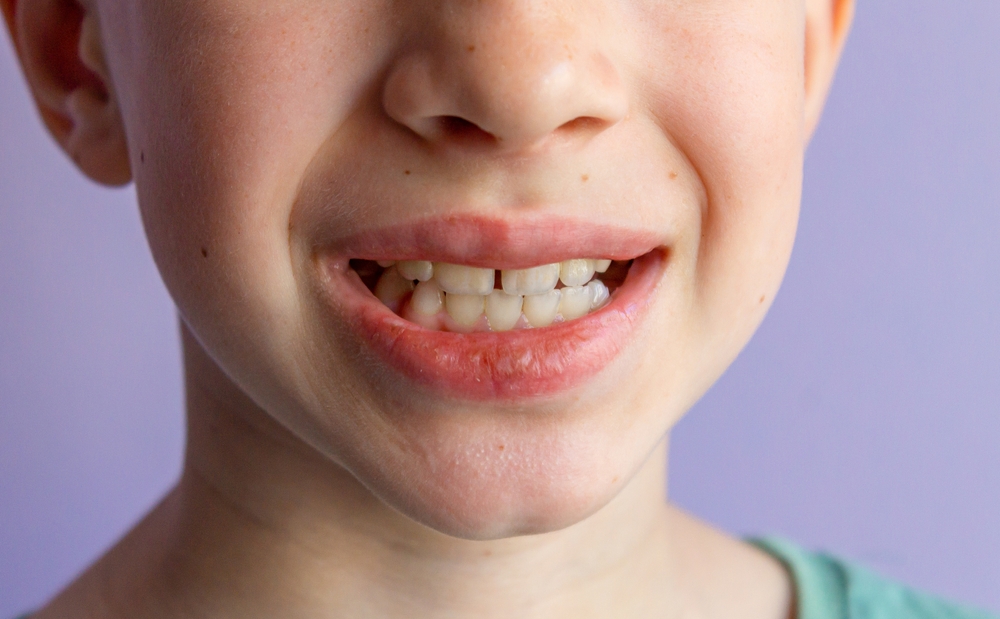When it comes to choosing a mouthguard, there are a few things you’ll want to keep in mind. First, you’ll need to decide what type of mouthguard is right for you. Then, you’ll want to make sure that the mouthguard fits properly and is comfortable to wear. In this blog post, we’ll go over everything you need to know about choosing the best mouthguard for your needs.
Types of Mouthguards
A mouthguard is a device that fits over one or both arches of teeth in order to protect them from damage. Some mouthguards can also fit over the gums and are designed to protect the lips, tongue, and inner lining of the cheeks as well. Mouthguards can be made from plastic or rubber and come in all shapes and sizes.
There are three main types of mouthguards:
- Stock Guard: This type of mouthguard is pre-formed in various shapes and sizes, and can be purchased over the counter at sporting goods stores. They are relatively inexpensive, but they may not provide the best fit or protection.
- Boil-and-Bite Guard: This type of mouthguard is made from thermoplastic material that softens in hot water. Once softened, you can bite the guard to mold it to your own teeth for a better fit.
- Custom-made Guard: This type of mouthguard is professionally made by a dental professional and designed specifically for your own teeth, providing the best possible protection and comfort.
Why to Wear a Mouthguard
Wearing a mouthguard can help prevent or reduce the risk of:
- chipped or broken teeth
- deep cuts inside the mouth
- damaged braces or other oral appliances
- concussion (by dispersing forces evenly throughout the body during direct impact to the face or head)
- TMJ disorders (jaw joint) by avoiding misalignment of the jaw joints.
Sports Mouthguards vs. Nightguards
There are several factors to consider when choosing a mouthguard. One of the first things you will need to consider is whether you need a sports mouthguard or a nightguard. The main difference between a sports mouthguard and a nightguard is their intended use and design.

A sports mouthguard is designed to protect the teeth and mouth during physical activities such as sports or exercise. Sports mouthguards are typically made of a flexible, shock-absorbing material that cushions the teeth and jaw against impact. They are designed to fit over the teeth and can be customized for a comfortable, secure fit. Sometimes they are also made to fit over the gums. Sports mouthguards are typically worn during the activity and removed when not in use.
A nightguard, on the other hand, is designed to protect the teeth and jaw from the effects of teeth grinding or clenching, a condition known as bruxism. Nightguards are typically made of a harder material that can withstand the forces of grinding and clenching. They are designed to fit over the teeth and are typically worn at night while sleeping.
While there are some similarities in the design and materials used for sports mouthguards and nightguards, they serve different purposes and are not interchangeable. Using a sports mouthguard as a nightguard or vice versa can lead to discomfort, reduced effectiveness, and potential damage to the teeth and jaw. It’s important to use the appropriate type of mouthguard for its intended purpose to ensure optimal protection and comfort.
Factors to Consider When Choosing a Mouthguard
Once you have determined whether you need a sports mouthguard or nightguard, here are some other factors to consider when choosing a mouthguard:
- Level of protection needed: Consider the impact level of the sport or activity you’ll be participating in, as well as any personal factors that may increase your risk of dental injury.
- Type of mouthguard: There are three main types of mouthguards: stock, boil-and-bite, and custom-made. Each has its own advantages and disadvantages, so consider which type would best suit your needs.
- Material: Mouthguards can be made from a variety of materials, each with its own level of protection, comfort, and durability. Consider which material would be most appropriate for your needs and personal preferences.
- Fit and comfort: A mouthguard that doesn’t fit properly or is uncomfortable to wear is unlikely to be used consistently or effectively. Not only that, but a poor fitting mouthguard can sometimes strain the jaw joint. Look for a mouthguard that fits snugly and comfortably over your teeth.
- Breathing and speaking ability: A mouthguard should not restrict your ability to breathe or speak properly, as this can affect your performance during physical activities or while sleeping.
- Maintenance and lifespan: Consider how easy the mouthguard is to clean and maintain, as well as how long it is expected to last before needing to be replaced.
- Dental history: If you have braces, bridges, or other dental appliances, you may need a mouthguard that is specially designed to accommodate them.
By considering these factors, you can choose a mouthguard that provides the level of protection, comfort, and performance you need to stay safe and perform at your best during physical activities.
What to Expect When Getting a Mouthguard
Getting a mouthguard may feel intimidating, but knowing what to expect will help the process go smoothly. Getting a mouthguard from a dentist typically involves the following steps:

- Consultation: Your dentist will start by examining your teeth and discussing your needs to determine the appropriate type and style of mouthguard for you.
- Impression: If a custom-made mouthguard is recommended, your dentist will take an impression of your teeth using a putty-like material. This impression will be used to create a mold of your teeth that the mouthguard will be made from.
- Mouthguard fabrication: Using the mold of your teeth, your dentist will create a custom-made mouthguard that fits snugly and comfortably over your teeth. The mouthguard will be made from a material that provides the appropriate level of protection for your needs.
- Fitting: Once the mouthguard is fabricated, your dentist will fit it over your teeth and make any necessary adjustments to ensure a comfortable and secure fit.
- Care instructions: Your dentist will provide you with instructions on how to properly care for and maintain your mouthguard. This may include recommendations for cleaning, storage, and replacement.
Overall, getting a mouthguard from a dentist ensures a custom-made fit that provides optimal protection and comfort. Additionally, your dentist can provide personalized recommendations based on your individual needs and dental history.
How to Care for a Mouthguard
Taking care of your mouthguard is essential to ensure that it lasts a long time and protect you properly while playing contact sports. Clean it before and after every use; soap and lukewarm water are perfectly fine for this purpose. Then, rinse the mouthguard with cool water, shake off the excess and store in a plastic container that provides some ventilation. Avoid hot or boiling water as it can warp the material of the mouthguard and make it difficult to fit properly in your mouth again. Finally, check regularly for any signs of wear and tear or discoloration since these can be signs that the material is no longer providing proper protection.
In Conclusion
All in all, a mouthguard is an important piece of protective equipment for active individuals, helping to prevent injuries and traumatic dental damage. It is important to find the perfect fit and type that best suits your needs and lifestyle. There are two main types of mouthguards, and many factors to consider such as your activity level, comfort, ease of use, hygiene and ultimately cost. As sports mouthguards must be handled correctly in order to last long enough, everyone can benefit from consulting with a dentist to understand what should be expected when getting one as well as how to properly care for it. At Altoona Smiles, our number one priority is protecting your teeth while keeping you safe and comfortable. Schedule an appointment today so we can help you select the right type of mouthguard for all your needs!







